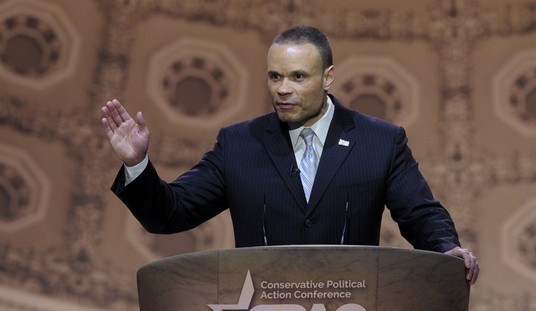It was front-page news on the January 14th issue of the San Francisco Chronicle that blacks by the tens of thousands have left the San Francisco Bay area since the 1990 census.
Since my book Applied Economics analyzed this situation a few years ago, it was nice to see that the information has finally reached the San Francisco Chronicle, though they have yet to explain the politics and the economics behind the exodus.
Unfortunately, this phenomenon is not peculiar to the San Francisco Bay Area and blacks are not the only group being forced out of upscale liberal communities in California. It is much the same story in Monterey and Los Angeles, for example.
Skyrocketing housing prices are forcing out families with children, as well as blacks and other people with low or even moderate incomes.
But these runaway housing prices in California did not just happen for no reason.
Prior to 1970, California housing prices were very similar to housing prices in the rest of the country. In more recent times, it has not been uncommon for California homes to cost three times what homes cost nationwide.
What happened in the 1970s was that severe government restrictions on building became common in coastal California. With supply restricted and demand not restricted, it was inevitable that prices would soar beyond many people's ability to pay.
The main impetus behind severe restrictions on building is environmentalist zealots who demand that vast amounts of land be set aside as "open space" on which nothing can be built.
Recommended
It is not uncommon for substantial proportions of all the land in an entire county -- sometimes more than half -- to be set aside as "open space."
Environmentalists often talk as if they are trying to save the last few patches of greenery from being paved over, when in fact 90 percent of the land in the United States is undeveloped and forests alone cover more area than all the cities and towns in the country combined.
Behind much of the lofty and pretty talk are some ugly and selfish realities.
People who already own their homes in an upscale community pay no price for making it hard for others to move into their community. On the contrary, the value of the homes they already own shoots up when they restrict the supply of new homes.
In other words, they can keep out the less affluent people -- or, as they put it, "preserve the character of the community" -- while benefiting themselves economically in the name of green idealism.
"Open space" laws are just one of the weapons in their arsenal. Other legal impediments to building include so-called "smart growth" policies, historical preservation laws, and zoning boards and coastal commissions with arbitrary powers to limit or forbid building.
The financially ruinous powers of delay that these and other laws and institutions can impose on anyone wanting to build anything can be illustrated by a current legal case involving a developer who has for 15 years been prevented from building in the coastal California town of Half Moon Bay.
A judge recently awarded him $36 million in damages but that decision has been appealed. Anyone familiar with the 9th Circuit Court of Appeals knows that anything can happen there -- including more years of delay.
Someone once said that the ability to tax is the ability to destroy. So is the ability to delay.
When a business sets standards or policies with adverse effects that fall disproportionately on minorities, courts call that a "disparate impact" and equate it with discrimination.
But the same liberals who applaud that approach when it comes to businesses would be appalled if the same standard were applied to their own environmentalist restrictions that force vast numbers of blacks out of their own upscale liberal communities.
Nor do black "leaders" who are quick to cry "discrimination" and "racism" in other contexts. Apparently it all depends on whose ox is gored.
























Join the conversation as a VIP Member